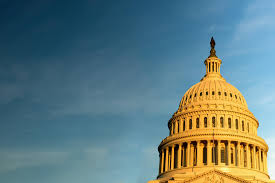
PPP: So Far, Another Example Of The Rich Getting Richer?
April 19, 2020
COVID-19 In The Ear: Have You Heard About The Risk For HCP’s?
July 29, 2020The Trump administration announced on Sunday that 2.2 million small business loans worth $175 billion have been made in the second round of the Paycheck Protection Program. The average size of a loan made under the second iteration of the program is $79,000.00.
This is a far cry from the $20 million payout to Ruth’s Chris Steak House that was made in the first round (a payout that has since been returned to the SBA after a rather vociferous public outcry) as well as other big/public business enterprises who exploited loopholes in the PPP program, only to face similar public vitriol and the need to “save face” by returning money meant for actual small business assistance.
Of particular interest in monitoring the administration of this second round of PPP money is the 180 the SBA appears to have done when working with qualifying banks. Unlike in the first round where big banks got first crack at the money, and chose to lend it to their low-risk bigger business clients, in this second round, smaller banks have been given more of a priority. According to CNN, amid concerns that money earmarked for smaller lenders was running low, the SBA informed lenders on Wednesday that only financial institutions with assets less than $1 billion would be able to input PPP applications between 4pm and midnight.
This prioritization toward smaller banks likely opened up the opportunity for many more small business applications to actually receive PPP funding. In our own experience, after having submitted applications with six authorized lenders – including several big banks – it was a small local bank who doggedly worked the system on our behalf and got us SBA approved last Tuesday. And guess what? We had actual people to correspond with at this local bank.
So, based on all of this, consider the following – If you are pursuing PPP money and have not yet submitted an application through a smaller bank, do so. Now that the SBA seems to be more dedicated to getting money to small businesses, your small bank path could very well be your best path to success in securing this much needed – and forgivable – payroll funding.



